SUMMARY
This is AI generated summarization, which may have errors. For context, always refer to the full article.
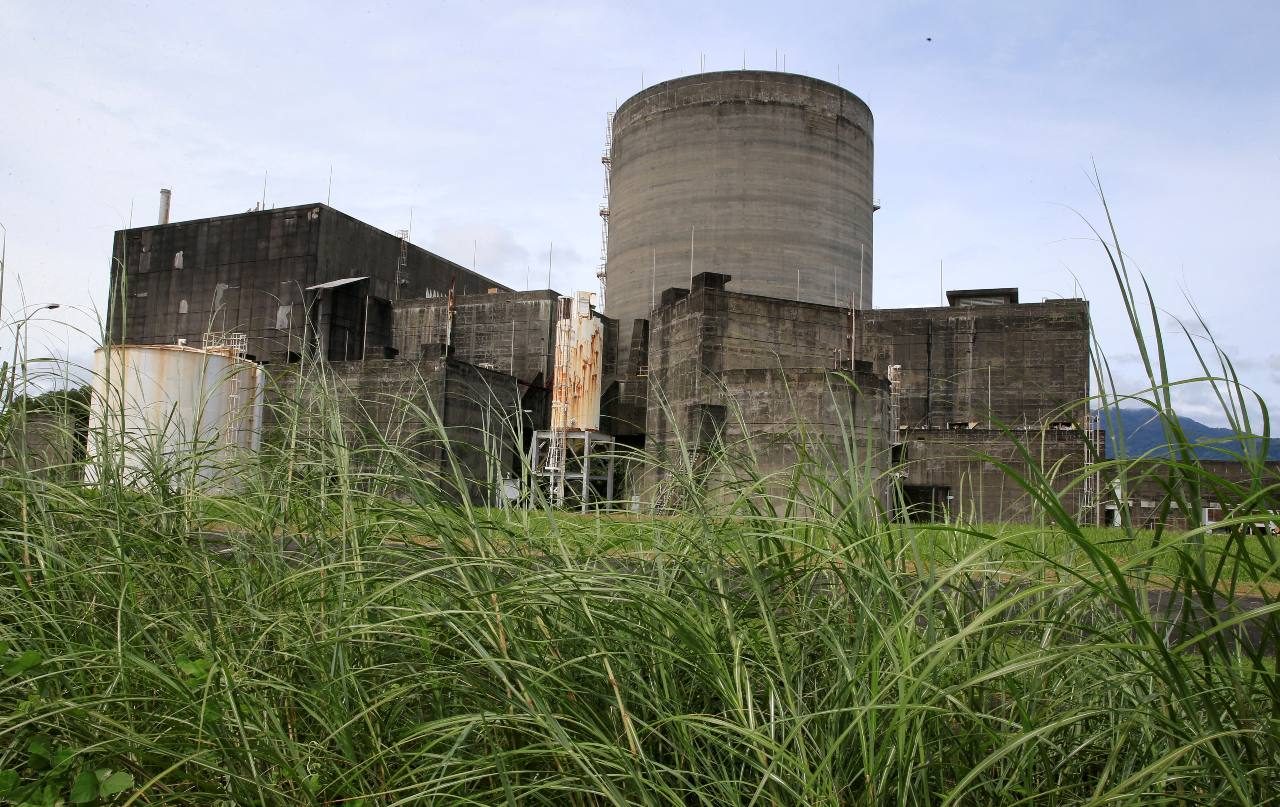
MANILA, Philippines – The Bataan Nuclear Power Plant (BNPP) is safe for use, the chief of the Philippine Nuclear Research Institute (PNRI) said on Monday, Oct. 17, amid talks to revive the mothballed facility as a new source of power.
President Ferdinand Marcos Jr. has pushed for the use of nuclear energy and the possible revival of the BNPP to address the country’s power woes.
During the budget hearing of the Department of Science and Technology at the Senate, PNRI Director Carlo Arcilla vouched for the power plant’s safety, noting that the same power plants used in Slovenia, Brazil, and South Korea are still working for nearly four decades without safety issues.
Arcilla said that he, along with senators Aquilino Pimentel III and Sherwin Gatchalian, went to Krsko Nuclear Power Plant in Slovenia, which was an “exact copy” of the BNPP, apparently constructed by Westinghouse Electric.
“The BNPP has three siblings: the one in Slovenia, in South Korea, and in Brazil. These three continue to operate, for over 40 years, very safe and very profitable,” Arcilla told senators.
“From a technical standpoint, why can’t it be used? There are three plants operating,” he added, noting that the plant is not “cannibalized” and has been maintained.
“In fact, I welcome everybody to visit so you can see,” he said.
According to the director, if the BNPP would be revived, its fuel would cost some US$30 million that would last for one and a half years.
“There’s no emission, so it means it’s good for the environment,” he explained.
Arcilla, however, admitted that its revival would still be a political decision: that the people of Bataan should agree to its restoration and that the government should put it in its list of priorities.
Completed in 1984, the $2-billion BNPP in Morong, Bataan, was supposed to produce 621 megawatts (MW) of electricity, but was never used over safety and corruption issues. The Chernobyl disaster in Russia, coupled with the intense political climate in the Philippines in 1986, led to the mothballing of the project.
In April 1986, a few months after the People Power Revolution that toppled dictator Ferdinand E. Marcos, president Corazon Aquino decided not to operate the plant, citing strong opposition from Bataan residents and independent findings that the project was unsafe and reeked of corruption.
During his first State of the Nation Address last July, Marcos Jr. said his administration would reexamine the country’s strategy on nuclear energy, which will be in compliance with the International Atomic Energy Agency regulations. – Rappler.com
Add a comment
How does this make you feel?
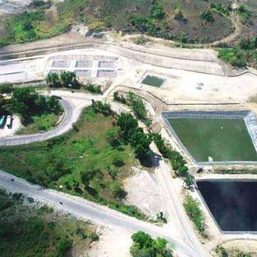
![[Rappler’s Best] The elusive big fish – and big fishers](https://www.rappler.com/tachyon/2024/04/The-elusive-big-fish-%E2%80%93-and-big-fishers.jpg?resize=257%2C257&crop=220px%2C0px%2C720px%2C720px)

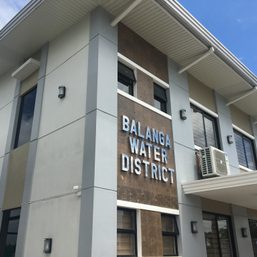

![[In This Economy] Why Marcos is getting high on unprogrammed funds](https://www.rappler.com/tachyon/2024/07/TL-marcos-program-funds-july-19-2024.jpg?resize=257%2C257&crop=265px%2C0px%2C720px%2C720px)
![[In This Economy] Is the Marcos government unlawfully dipping into PhilHealth funds?](https://www.rappler.com/tachyon/2024/07/marcos-government-philhealth-funds-july-12-2024.jpg?resize=257%2C257&crop=425px%2C0px%2C1080px%2C1080px)









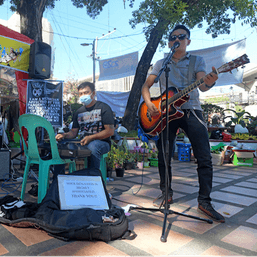



![[OPINION] Unpaid care work by women is a public concern](https://www.rappler.com/tachyon/2024/07/20240725-unpaid-care-work-public-concern.jpg?resize=257%2C257&crop_strategy=attention)

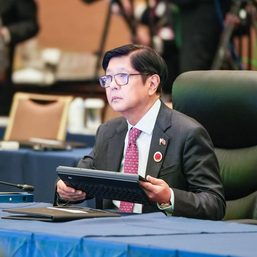


There are no comments yet. Add your comment to start the conversation.